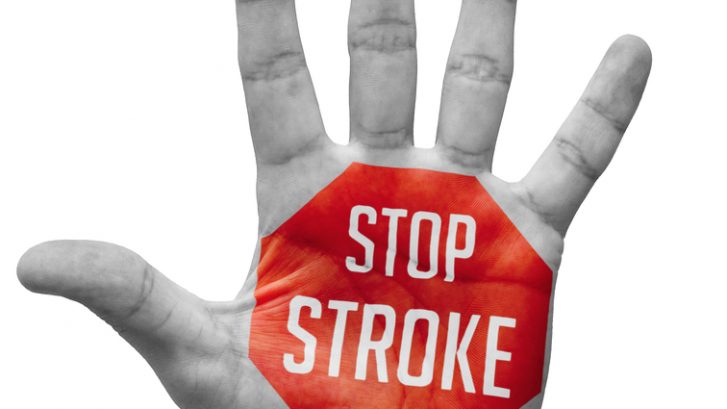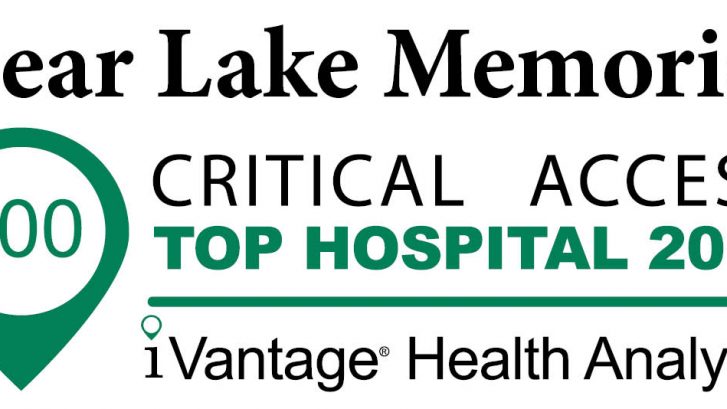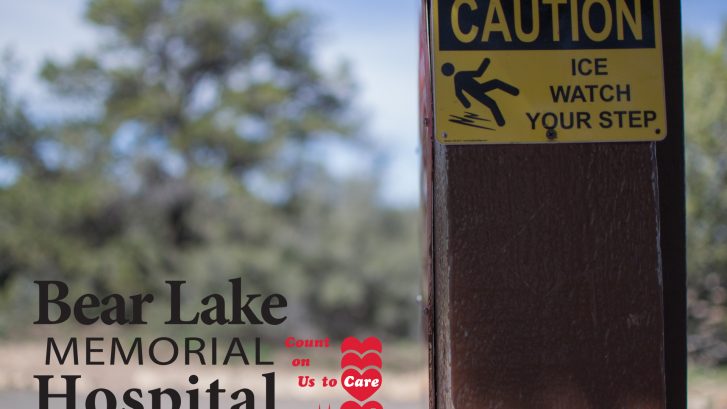Having Sleeping Issues?
Sleep Apnea
Sleep Apnea, the repeated stopping and starting of your breathing while you sleep, can be a serious risk to your health. Untreated sleep apnea has been linked to high blood pressure, type 2 diabetes, liver problems, and possibly even dementia.
Sleep Apnea Facts
Sleep apnea affects up to 18 million Americans.
People with sleep apnea can stop breathing as many as 30 times or more each night.
Often a spouse or family member is the first to notice signs of sleep apnea in someone.
The condition affects about 4 percent of middle-aged men and 2 percent of middle –aged women.
Men, in general, suffer from sleep apnea more often than women.
Children can also have sleep apnea.
Sleep apnea in children has been linked to attention deficit/hyperactivity disorder. (ADHD)
Some studies suggest that sleep apnea runs in families.
People with sleep apnea are three times more likely to be involved in motor vehicle accidents.
People with sleep apnea sometimes fall asleep unexpectedly during the day, such as while talking on the phone or driving.
Risk factors for sleep apnea include being overweight and having a large neck.
Losing even 10 percent of body weight can help reduce the number of times a person with sleep apnea stops breathing during sleep.
Smoking and alcohol use increase the risk of sleep apnea.
Continuous positive airway pressure, or CPAP, is the most common, noninvasive treatment for moderate to severe sleep apnea.
If you think you may have sleep apnea, lifestyle changes such as losing weight, avoiding alcohol before bedtime and quitting smoking can help.
A primary care physician can refer you to a specialist to be evaluated for sleep apnea. Most of the time, a sleep test, or polysomnography, is conducted overnight at a sleep center. If you are wary of spending the night in a strange bed and being hooked up to an array of equipment, then you can ask your doctor about possibly doing a home test.

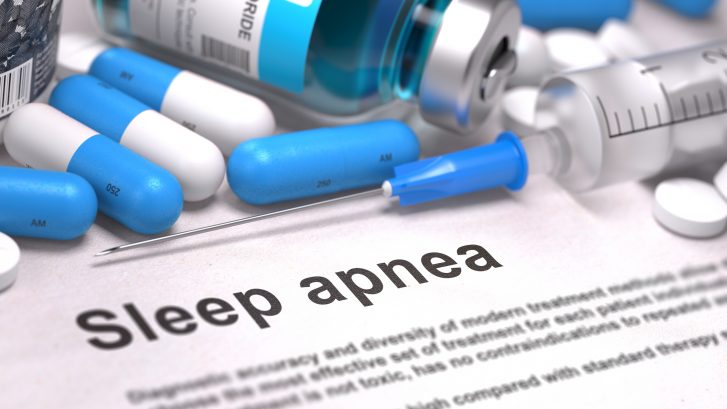


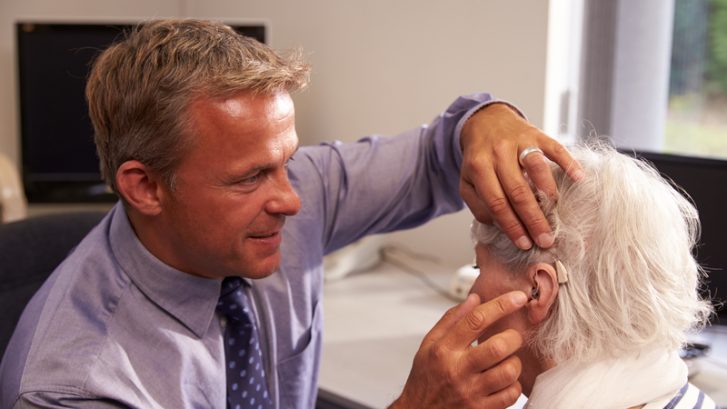

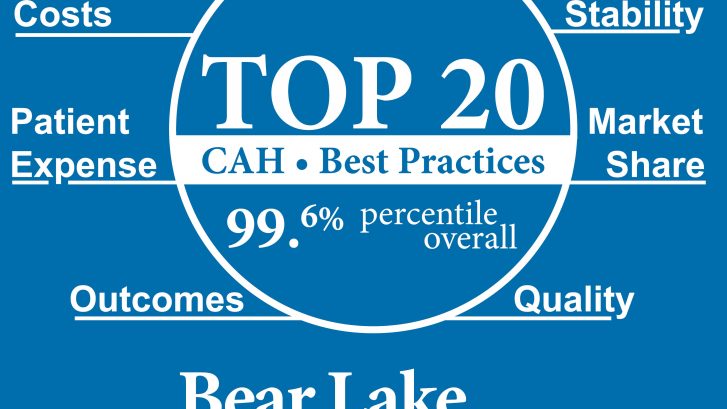
 National cancer survivor’s month was established to recognize those who have successfully fought or are in the process of fighting the disease. Each one of us most likely knows a person who has either succumbed to cancer or is currently battling the disease. Cancer is a disease that literally affects millions of Americans daily. In June we take time to celebrate those who are still among us after having fought cancer.
National cancer survivor’s month was established to recognize those who have successfully fought or are in the process of fighting the disease. Each one of us most likely knows a person who has either succumbed to cancer or is currently battling the disease. Cancer is a disease that literally affects millions of Americans daily. In June we take time to celebrate those who are still among us after having fought cancer.